
On an Apple Silicon Mac, shut down your computer and then press and hold the Power (or Touch ID) button. When your volumes appear, click on the one you want to boot. Then hold Shift and choose “Continue in Safe Mode” to boot your Mac.
On an Intel Mac, press and hold Shift while your Mac boots up.
Knowing how to boot your Mac into Safe Mode can help fix a myriad of problems with your Mac. In the worst-case scenario, you may be able to use Safe Mode to recover data and apply updates. Here’s how to do it.
How to Boot an M1/M2 Apple Silicon Mac in Safe Mode
The instructions for booting your Mac in safe mode differ depending on whether you have an Apple Silicon or Intel Mac. You can find out this info by clicking Apple > About This Mac while macOS is running and taking a look at what is listed next to the “Chip” entry.
If you can’t boot your Mac (hence, safe mode) then you may be able to guess. If you have a MacBook Air or 13-inch MacBook Pro produced after 2020, a 14-inch or 16-inch MacBook Pro, a Mac mini made after 2020, a new-style (colorful) 24-inch iMac, or a Mac Studio desktop then you likely have an M1 or later chip.
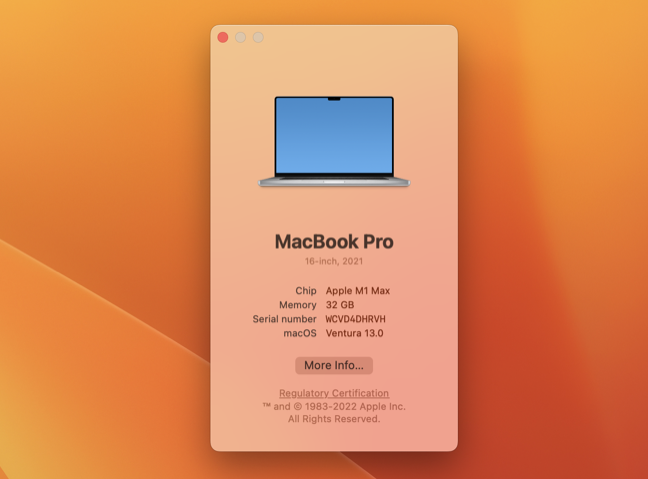
The instructions for booting into safe mode are pretty simple. First, shut your Mac down either using Apple > Shut Down or by holding the Power (or Touch ID) button if you’re unable to shut down normally. Wait a few seconds for your machine to power off.
Now press and hold the Power (or Touch ID) button and wait for the machine to start booting. You should see a “Continue holding for startup options…” message appear on the screen. Keep holding. After a few seconds, your Mac will begin to launch the startup menu at which point you can let go of the Power button.

Next, you’ll see a list of volumes from which you can boot your Mac, and an icon labeled “Options” with the macOS Settings icon.
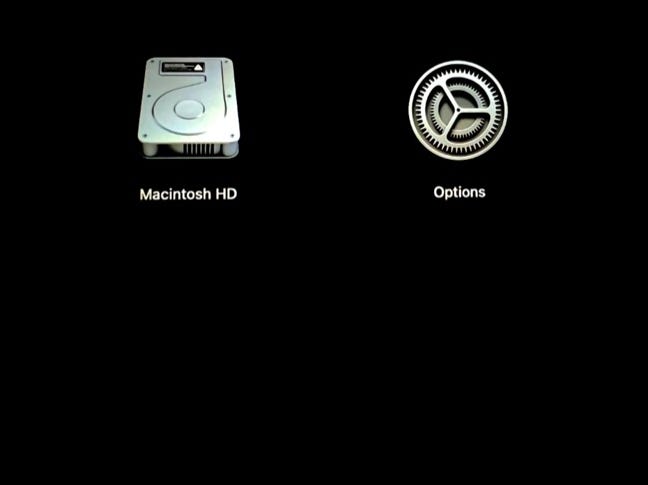
Click on your boot volume (it’s probably “Macintosh HD”) and then hold the Shift key and click “Continue in Safe Mode” to boot.
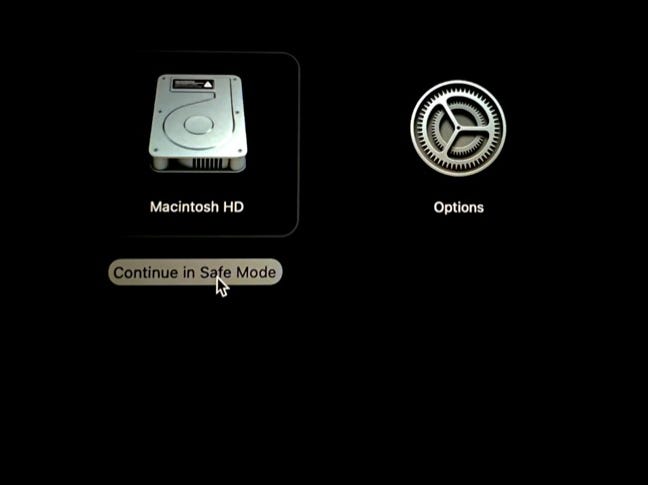
Your Mac will restart and then boot automatically in Safe Mode.
How to Boot an Intel Mac in Safe Mode
If you have an older Intel Mac, the instructions are a bit simpler. All you need to do is restart or shut down your Mac using the Apple > Restart or Apple > Shut Down menu. You can also press and hold the Power (Touch ID) button to cut the power and interrupt your Mac, handy if you’re unable to reach your macOS desktop.

Now as your Mac starts up, press and hold the Shift key. Keep it held until you see the login window, at which point you can release Shift. Log in as normal (you may need to do so twice), after which your Mac should be in Safe Mode.
How Do I Know My Mac Is in Safe Mode?
Whether you have an Apple Silicon or Intel-based Mac, the tell-tale signs of Safe Mode are the same. You should see “Safe Boot” in the top-right corner of the login (or lock) screen. This won’t be visible once you’ve logged in or unlocked your Mac.

There’s another way of checking this while logged in. Click on the Apple logo then press and hold the Option button on your keyboard and click on the “System Information” option that shows up.
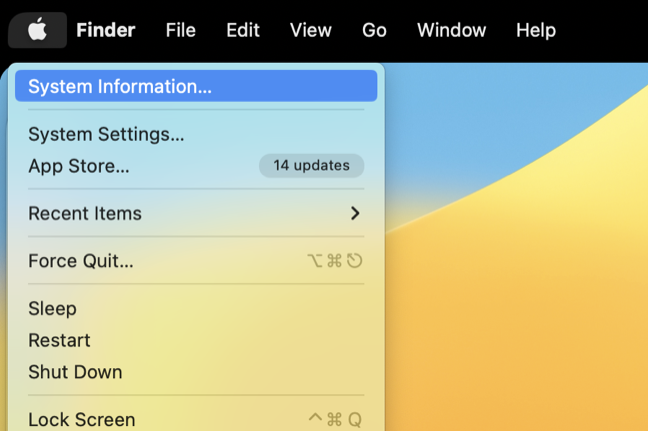
Now click on the “Software” heading to get to the System Software Overview screen. Next to “Boot Mode” you should see “Safe” mode. If you’re not in Safe Mode this will read “Normal” instead.
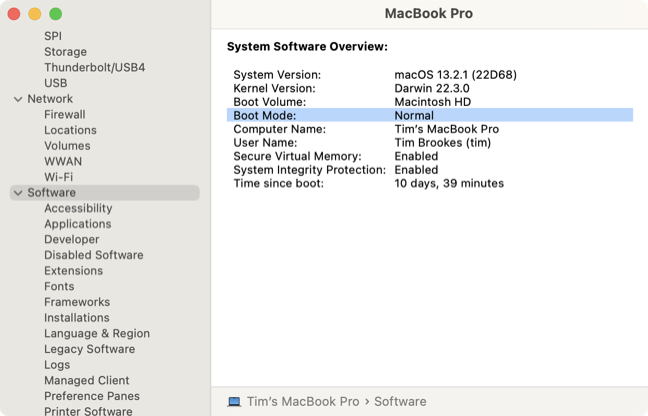
What Is Safe Mode on a Mac, and What Does It Do?
Safe Mode is a failsafe mode that is designed to check for and fix problems while disabling items that might prevent your Mac from booting normally.
When you boot in Safe Mode you may notice that your Mac loads a little slower than normal (though this is less noticeable on the new Apple Silicon Models). This slowness is due to Safe Mode running a file repair not dissimilar to Disk Utility’s First Aid mode.
On top of this Safe Mode disables all login items, so any apps that are causing problems at startup won’t load. Only macOS built-in fonts are loaded when you boot into Safe Mode since fonts can be a vehicle for malware. On top of this, caches including the kernel cache, system cache, and font caches are also cleared on boot into Safe Mode.
On older versions of macOS and non-Apple Silicon Macs, Safe Mode also disables all third-party kernel extensions. Unless you’ve specifically allowed them, Apple Silicon-based Mac models won’t use third-party kernel extensions since Apple sees them as a risk to the “integrity and reliability of the operating system” and requires you downgrade to “Reduced Security” in recovery mode.
On a modern Apple Silicon Mac pretty much everything else will function as normal in Safe Mode including networking over Wi-Fi, USB and Thunderbolt devices, and standard applications. Apple states that some features like video playback for DVDs, Wi-Fi, sharing, and some external devices may not work, including accelerated graphics on some machines.
Expect any apps that depend on items that Safe Mode prohibits (like third-party fonts, helper applications that start up when your Mac boots, and so on) to be affected regardless of which system you have.
How Do I Exit Safe Mode on a Mac?
To exit Safe Mode simply restart your Mac as normal. Click on the Apple logo in the top-left corner of the screen, then choose Restart and wait. Unless you specifically trigger Safe Mode again (either using the Startup Options menu or by holding Shift) then your Mac will boot as normal.
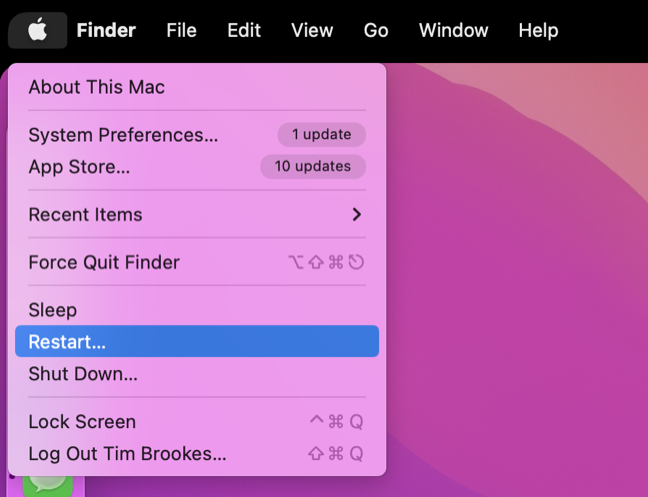
How to Fix Problems in Safe Mode
Safe Mode can be something of a silver bullet when it comes to fixing problems with macOS. If you’re having trouble getting your Mac to boot normally, Safe Mode is a great place to start. macOS will check your computer for problems, delete potentially problematic caches, and disable login items (or kernel extensions) that could be interfering with normal operation.
Sometimes, booting into Safe Mode and then restarting as normal is all it takes to fix a problem with your Mac. This is especially true if your Mac is stuck in a boot loop and you simply can’t access the operating system as you normally would. Other times, it can point you in the right direction to fix a problem.

If Safe Mode is the only way you can currently use your Mac, you can use it to potentially fix the problem. Removing login items to prevent software from starting up automatically and updating macOS are good starting points. You can also create a new macOS user account to see if the problem is limited to your profile or not.
In the worst-case scenario, you can use Safe Mode to access your data and make a backup with Time Machine before performing a fresh install of macOS (or a simple factory reset).
More Ways to Fix Your Mac
Are software problems getting you down? Learn how to fix crashing apps on your Mac and resolve common Mac App Store problems. Notice your MacBook battery isn’t lasting as long as it should? Learn how to make your MacBook battery last longer and identify the causes of battery drain.
